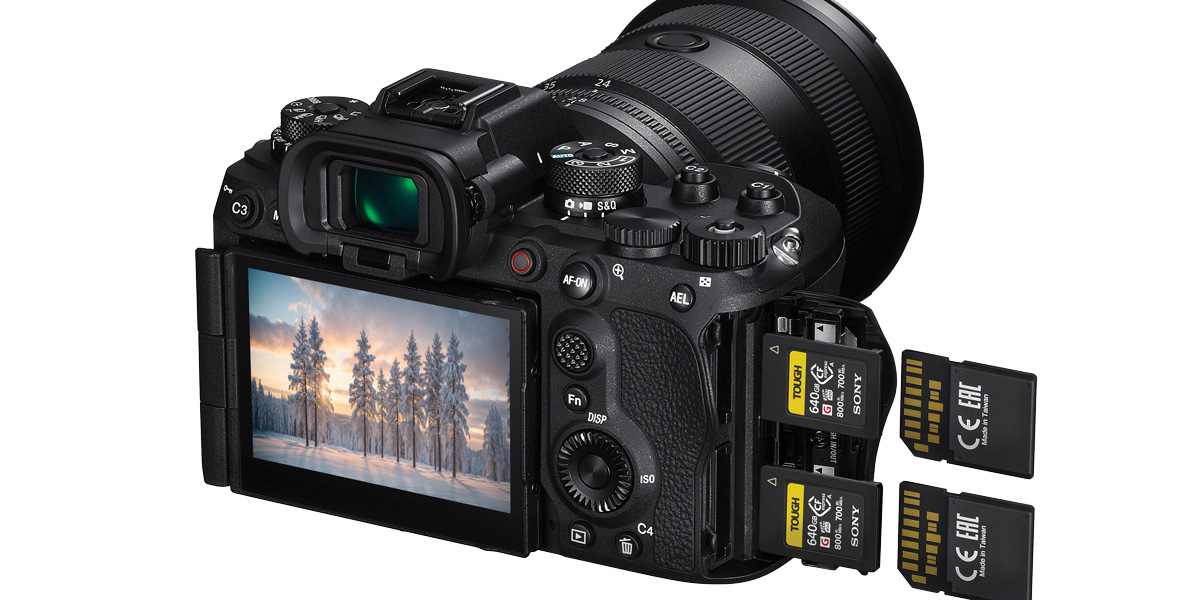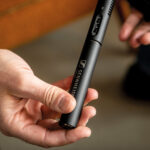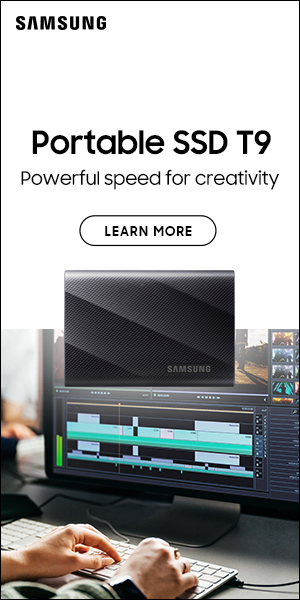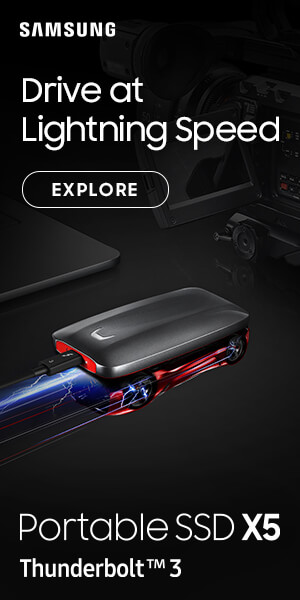
Sony’s global game changer
Posted on Jan 12, 2024 by Samara Husbands
Catch the newest updates from Sony, including the groundbreaking A9 III
Sony has wiped out the dreaded ‘jello’ effect of skewed verticals in one fell swoop by launching the groundbreaking new A9 III, the first full-frame mirrorless camera equipped with a global-shutter sensor instead of a conventional rolling shutter.
Traditional shutters read signals from top to bottom, causing distortion with fast movement, resulting in angled vertical lines. In contrast, a global-shutter sensor captures the entire image simultaneously, ensuring distortion-free images.
Perfect for fast pans, scenes from a moving vehicle or speedy subjects, the global shutter excels for both video and stills. It enables full-power flash sync at all shutter speeds for stills instead of the usual cap at 1/250sec or 1/400sec in the case of the Sony.
This eliminates banding from artificial lights and allows burst speeds up to 120fps with no distortion, blackout or AF restrictions. The maximum shutter speed is an impressive 1/80,000sec, dropping to 1/16,000sec during continuous shooting.
Aimed at sports and wildlife image makers, the £6099/$5998 A9 III is the first Sony mirrorless to record 4K in 120p with no crop, and also shoots high-resolution 4K/60p videos with oversampling from the 6K sensor. And the fast new sensor and processor allow use of Sony’s latest AI autofocus with up to 120 AF/AE focus calculations per second.
The A9 III features a 24.6-megapixel stacked CMOS sensor with built-in memory and the latest Bionz XR image processing engine. Powering phase detection AF, the AI processing unit uses real-time recognition algorithms for diverse subjects in video or stills.
Notably, it is claimed to significantly enhance human eye recognition and tracking, with pose estimation technology recognising body and head position. This enables the AF to lock onto and track a subject facing away from the camera or whose face is covered. It also excels in low light, functioning down to levels as low as -5EV in AF-S mode.
Customisable focus areas have been expanded to include XS and XL in addition to the previous S, M and L sizes. The preset focus/zoom function allows focus and zoom settings to be memorised in the camera for quick recall. In addition to the existing custom white-balance frame size, users can now select other sizes for fine white-balance adjustment after an image has
been composed.
Designed for optimal video shooting, the A9 III features a versatile four-axis multi-angle touchscreen LCD monitor. Its electronic viewfinder boasts a high-resolution 9.44-million-dot Quad XGA OLED, offering approximately 0.9x magnification.
The camera includes advanced five-axis in-body image stabilisation, delivering a claimed eight stops of shake reduction. Additionally, it inherits focus breathing compensation from the latest Sony A7R V model.
For video colours, the S-Cinetone gamma – created for the Venice cinema camera – is included as well as S-Log3. In Log mode, imported user LUTs can be applied and the camera is compatible with the Monitor & Control mobile app.
Unlike some models such as the older A9 and A9 II cameras, Sony has not slimmed down the video spec. As well as the high-quality UHD 4K video up to 60fps and 4K up to 120fps with no crop, it can also record 10-bit 4:2:2 internally using All-I encoding for maximum quality. It can also output 16-bit Raw via the full-size HDMI port to an external recorder.
One of the key issues with a global shutter is that it can reduce the dynamic range and sensitivity of the sensor, which is why the standard ISO range is 250-25,600 rather than the 100-51,200 of the older A9 II.
When shooting for maximum dynamic range, the S-Log3 setting gives a relatively high base ISO of 2000. So you will need ND filters to bring the aperture under control in bright conditions.
Many of the camera’s fresh features are aimed at stills shooters, such as selectable shutter release lag modes as well as a Pre-Capture function, which begins taking photos up to a second before the shutter is actually triggered. Sadly, though, this does not yet work for video.
The body of the camera is different to the latest crop of Sony’s high-end mirrorless offerings, and the grip shape is designed so that it can be easily held in the palm of the user’s hand to avoid strain when using a telephoto lens over an extended period of time. The optional £389/$398 VG-C5 vertical grip adds a second battery and replicates the main camera controls for vertical shooting.
The A9 III transfers data up to twice as fast as the A9 II, while 5GHz communication offers improved speed and stability when shooting wirelessly. The A9 III allows stills and movies to be recorded to two media slots supporting CFexpress Type A cards, as well as UHS-I and UHS-II SD cards.
Read the full feature in the Jan/Feb 2024 issue of Pro Moviemaker.










